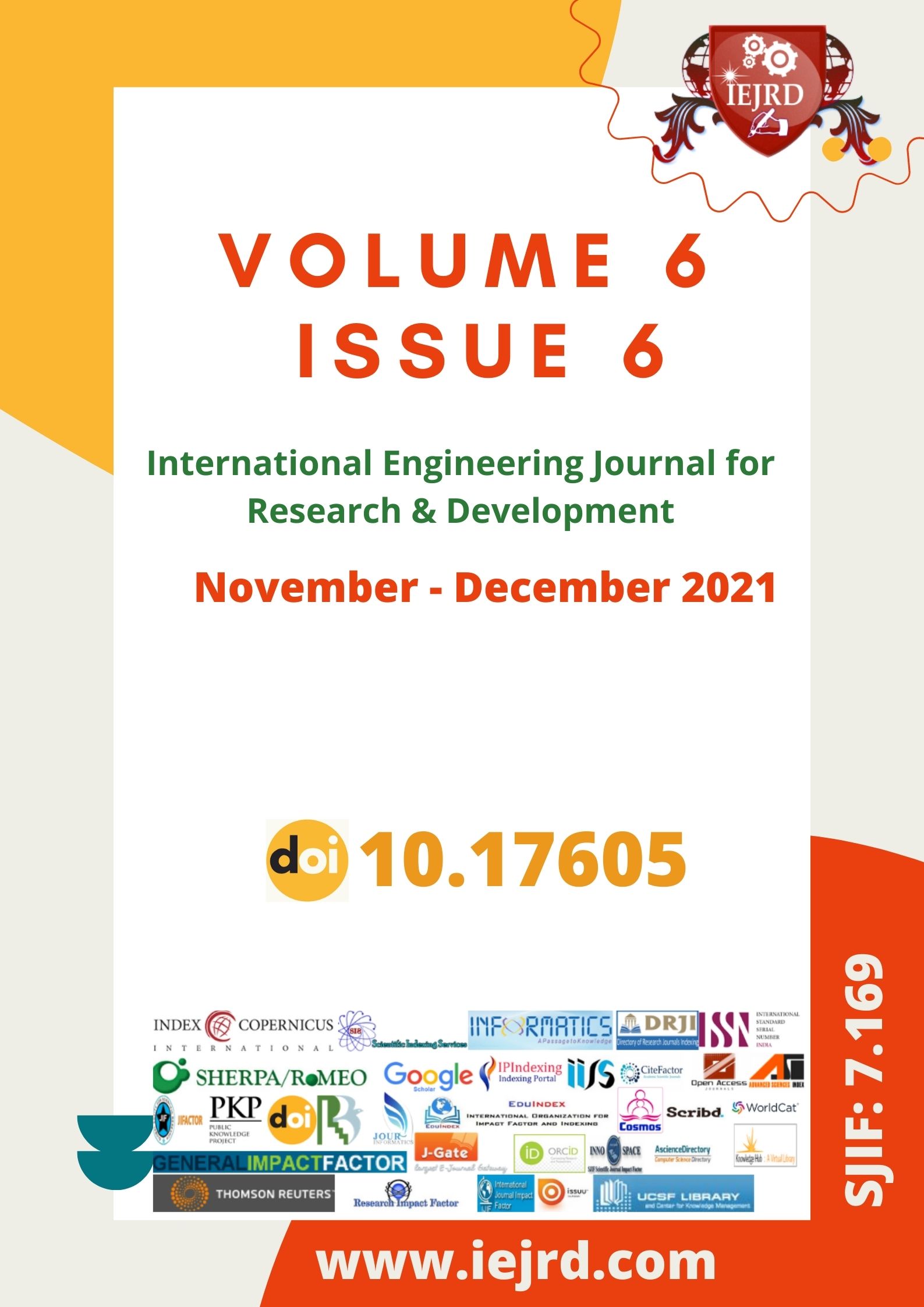IMPROVING INTERCULTURAL COMMUNICATION OF EFL STUDENTS THROUGH SHORT STORIES
Keywords:
Storytelling, intercultural communication, short story, cultural awareness, culture, identityAbstract
At present, globalization and foreign languages learning are the most essential and inseparable things. Learning of communication in a foreign language is very important to be aware of culture, life style, literature, history of foreign country and etc. This paper is based on useful instructions and how to use storytelling as a means of improving intercultural communication in EFL classes. Storytelling may be a new concept for teachers that have no experience in teaching and an informal technique for experienced teachers. The article discusses the importance of storytelling in developing oral communication in foreign language learning for EFL students. Reading short stories is comparable to the process of intercultural communication, as the author and the reader are representatives of different cultures. Intercultural communication through stories has a number of features compared to real communication, the identification of which is the purpose of the research presented in the article. Furthermore, this article shows that learners have a positive attitude towards working with the story, and that they get a deeper understanding of the story and the concepts in focus. This way reveals that there has been a development in the learners’ intercultural competence.
Downloads
References
Richards, J., and Rodgers, S. Theodore. Approaches and Methods in Language Teaching. Cambridge University Press, 1999. P. 15-25.
Chambers, D. W. Storytelling and creative drama. Dubuque: McGraw-Hill Higher Education, 1970. P 70-95.
Gray, E., and Evans, V. Welcome to English. Express Publishing, 2001. P. 121.
Brown, H. D. Teaching by principles: An Interactive approach to language pedagogy. New York: Addison Wesley Longman, 2001. P. 100-225.
Shrum, J., and Ghsan, E. Teacher's Handbook Contextualized Language Instruction. Boston, 1994. P 15-55.
Byram, M. (1997). Teaching and Assessing Intercultural Communicative Competence. Clevedon, Philadelphia, Toronto, Sydney, Johannesburg: Multilingual Matters Ltd.
Byram, M., Gribkova, B., and Starkey, H. (2002). Developing the Intercultural Dimension in Language Teaching: A practical introduction for teachers. Retrieved from https://www.coe.int/t/dg4/linguistic/Source/Guide_dimintercult_EN.pdf
Champoux, J. E. (1999). Film as a Teaching Resource. Journal of Management Inquiry, Vol. 8, No. 2. Sage Publications Inc.
Chen, V. H. H. (2014). Cultural Identity. Key Concepts of Intercultural Dialogue, No. 22. Singapore: Center for Intercultural Dialogue.
Narimanova J.Y. The Role of Teachers’ Cultural Awareness in Preparing To Work With Multicultural Students. The American Journal of Social Science and Education Innovations (ISSN – 2689-100x) Published: September 18, 2020. P: 172-181.
Narimanova J.Y. The Role of Culture in the Development of Students’ Intercultural Communication Competence in English Language Teaching. International Journal of Engineering and Information Systems (IJEAIS) ISSN: 2643-640X. Vol. 4, Issue 7, July – 2020, Pages: 46-52.
Barrett, M., Byram, M., Lazar, I, Mompoint-Gaillard, P., and Philippou, S. (2014). Developing intercultural competence through education. Council of Europe Pestalozzi Series, No 3. Council of Europe Publishing.
Downloads
Published
How to Cite
Issue
Section
License
Copyright (c) 2021 IEJRD

This work is licensed under a Creative Commons Attribution-NonCommercial-NoDerivatives 4.0 International License.


















